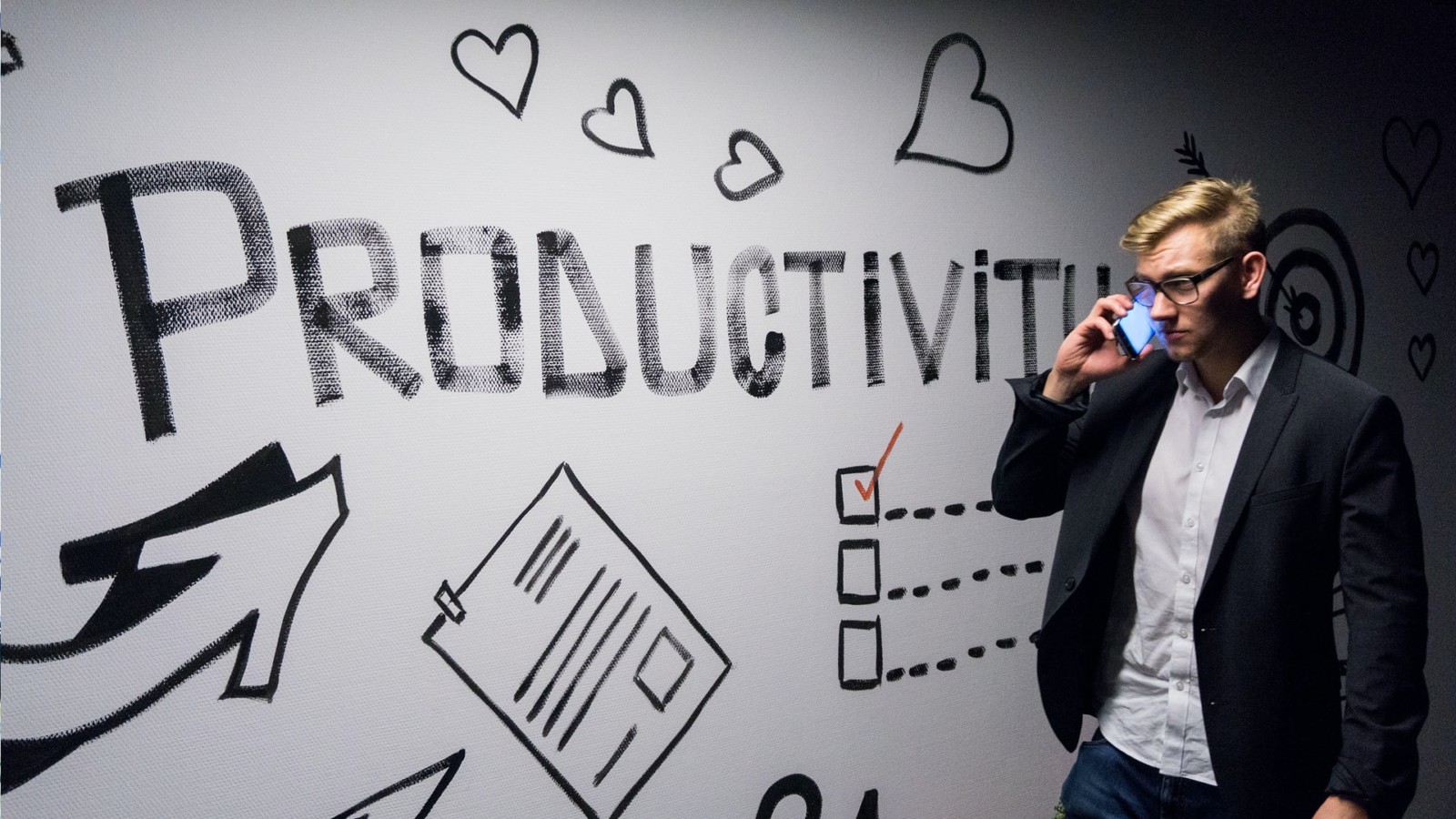Remote work has become part of the new normal today. Although companies have been slowly opening up, many are still utilizing work from home arrangements to ensure the safety of their employees. While it can be a convenient arrangement for some, others might not be feeling the same way.
That said, many may be wondering how they can increase their productivity while working from home. What if we tell you that altering your workspace or office design can help improve your concentration and, ultimately, your work output?
Don’t worry. It won’t require you to make a major home improvement, so you won’t have to worry about the costs. Sometimes, a few tweaks and improvements are all you need to achieve a productive workspace.
Here are five tips for creating the perfect home office:
1. Choose a spacious and quiet location in your house
Chances are, you’ll likely spend most of your waking hours in your office. That said, you won’t want to be cramped up in a tight space for the rest of the day. Not only will it restrict your movements, but it can also be suffocating, causing a steep decline in your productivity.
As much as possible, choose a space in your home where you’ll have ample room to move around. If you’ll be receiving clients, having a much bigger space where traffic can flow freely will be ideal. You might want to separate your workspace or office from your main house for safety measures if your job requires you to meet people frequently. Having a separate room to work in also helps control the noise, allowing you to concentrate better on your tasks.
2. Pay attention to ergonomics
The main goal of designing an ergonomic workplace is to improve the conditions under which everyday work tasks are performed. The goal is to minimize the physical strain and fatigue associated with poor working posture.
When setting up your workstation at home, be sure to use desks and chairs that provide or encourage posture support. If you can, use a footrest if your feet cannot rest flat on the floor comfortably to reduce the strain in your back. You should also position your monitor properly so that the top of the screen is at eye level to prevent straining the muscles in the neck. If your monitor is too low, you might want to use some accessories like laptop stands (for laptops) or a small platform to prop your monitor up.
3. Clean up the clutter
When working from home, one of the most important things to do is to declutter your workspace. Having too many things at your desk can lead to distractions, which can reduce your productivity level significantly.
Always keep your workspace clean. If possible, keep the things on your desk minimal. Be sure that you have the necessary materials within reach, so you won’t have to leave your desk often. You can also add other productivity items at your desk, like a planner or a calendar, to help you organize your tasks and schedule your time efficiently.
4. Get a lot of natural lighting
Research shows that setting up your office in an area that receives a lot of natural light can reduce eye strain and improve productivity. Daylight is also a natural mood booster, which helps keep you active in the morning. Plus, exposure to daylight helps you receive your daily dose of vitamin D and suppresses your melatonin level, so you don’t feel sleepy and groggy while working.
With that, you might want to consider choosing a work area that receives a lot of natural light during day time. You could place it near a window where the light can easily pass through. However, if you cannot find a space that welcomes enough daylight, consider using artificial lighting, like full-spectrum bulbs that mimic natural lighting.
5. Choose your home office’s color wisely
According to color psychology, some variants of the color green can play a role in productivity. For instance, a warm grey-beige may be a good color of choice for people who have trouble focusing as it stops the mind from wandering. A warm white color may also do if you want limited visual distractions. Plus, it makes a room brighter and gives off a ‘clean’ vibe, which helps lessen distractions. You can also add a touch of green (i.e., plants) to your office to give it life and energy.
Bottom Line
When designing your office, it’s always best to consult with an interior designer. However, if you’re tight on budget, you can still achieve a productive home office with the help of people from the internet. Thanks to technology, people can get a plethora of ideas from practicing interior designers and influencers online with just a single internet search. Keeping your productivity levels high while working from home doesn’t have to be a struggle. With the tips outlined above, you may be able to convert a previously cluttered workspace into a well-designed, efficient, and productive home office


